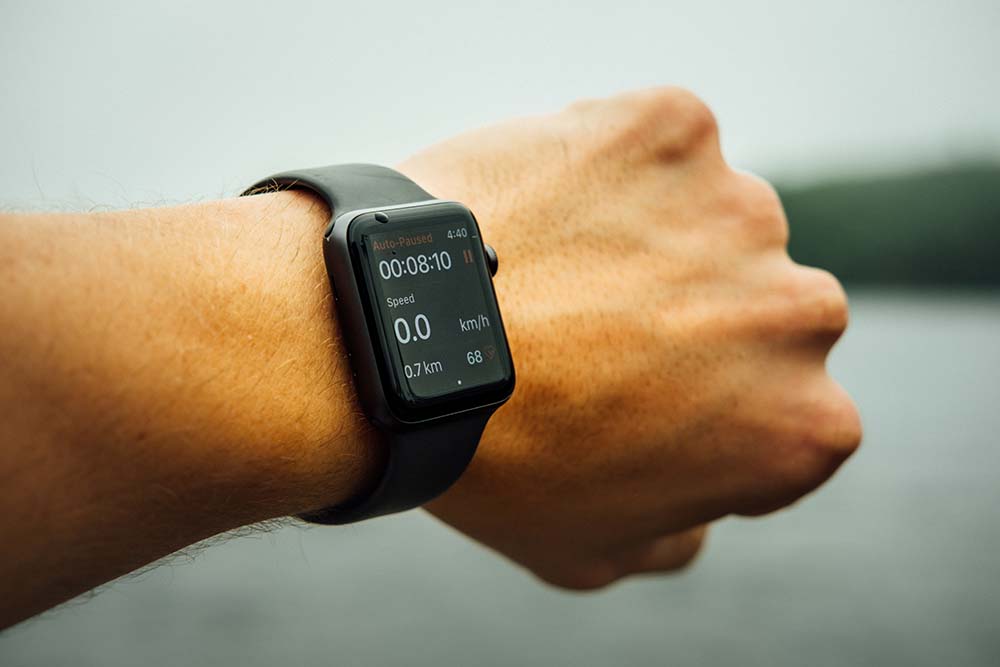
Wearable technology has become a constant presence in our lives. It tracks everything from our steps to our heart rates. We wear it while we exercise, during work, in the shower, and even when we sleep. The main appeal of these pieces of technology is that they provide data with which we can improve our health and tailor our routines to become fitter. Yet, there are undoubtedly other benefits to wearable technology that you may not consider on a daily basis. However, if you were to get a personal injury lawyer, you may quickly find out about how tracking your data can do more than help you with your beach body goals.
From activity trackers like Fitbits to specialized equipment like smart helmets for cyclists and motorcyclists, wearable technology is playing a pivotal role in the evolution of documenting personal injury claims.
Data Collection and Evidence Gathering
The advanced sensor technology of wearable devices has made them a valuable tool for gathering evidence in personal injury cases. For example, activity trackers like Fitbit record multiple metrics other than steps. These include movement patterns, speed, and sleep quality. Similarly, smart helmets designed for both cyclists and motorcyclists are equipped with sensors that detect impacts and monitor head movements. This data serves as crucial evidence in personal injury claims by reconstructing events in the build-up to an accident.
Lawyers can then analyze the information captured by wearable devices and establish timelines and identify contributing factors. From here, they can determine liability. What's more, physiological data collected by these devices, such as heart rate variability, can provide insights into the physical and emotional impact of an accident on a victim.
Accuracy and Reliability
Like any investigation, personal injury claims can be hard to prove. Wearable technology is a valuable third party in this sense. One of the primary advantages of wearable technology in these cases is its objective and continuous data collection capabilities. Many elements of such an investigation can be subjective and influenced by other factors, such as eyewitness testimonies. Even when an eyewitness wants to tell the truth as accurately as they can, their impartiality can often by influenced by things like perception biases. Data from wearables offers an impartial account of events and can strengthen a claim.
It begs the question, can wearable technology ever be wrong? And this is an argument that would be made against a claim. Anomalies occur, glitches happen. However, with every model that comes out, wearable technology becomes more accurate and reliable. Manufacturers invest in rigorous testing to ensure that these devices provide accurate measurements and reliable performance in various conditions. Personal injury lawyers can leverage this confidence in the accuracy of wearable data to bolster their arguments and refute counterclaims effectively.
Challenges and Admissibility
Despite their potential benefits, wearable devices pose several challenges in the legal context. As previously mentioned, one concern is the reliability of the data collected, particularly in situations where environmental factors or user behavior may affect sensor accuracy. Lawyers must scrutinize the calibration of wearable devices to assess the integrity of the data they generate. There may even be an argument that the claimant could manipulate their device to reflect their version of events.
Additionally, questions may arise regarding the admissibility of wearable data as evidence in court. Legal standards for admitting electronic data vary across jurisdictions, and judges may require expert testimony to authenticate and interpret wearable data. Precedents have been set in cases like these in recent years, and while it seems as though it will become a more common source of evidence in the future, there is some way to go before it's commonplace. Personal injury lawyers need to anticipate these challenges and work proactively to establish the admissibility and reliability of wearable evidence in their cases.
Preventive Measures and Risk Mitigation
Beyond their role in litigation, wearable devices offer opportunities for preventing injuries and mitigating risks. For example, smart helmets equipped with collision detection systems can alert cyclists or motorcyclists of potential dangers on the road, providing them with crucial seconds to react and avoid accidents. Similarly, wearable sensors integrated into protective gear for athletes can monitor biomechanical parameters and identify signs of overexertion or fatigue, reducing the risk of injuries during training and competitions.
Personal injury lawyers can advocate for the adoption of wearable technology as part of broader injury prevention strategies. By promoting the use of these devices among their clients and advocating for regulatory standards that incentivize their integration into safety protocols, lawyers can help reduce the incidence of accidents and injuries in various contexts.
With all this in mind, it's clear that the wearable technology revolution will have more effects on society than we can fully comprehend. Not only will they help us stay healthy, they may also help us to receive compensation for accidents, if not help us steer clear of them altogether.